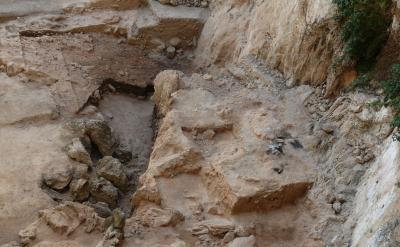Neanderthals from Spain may have consumed more vegetables than previously thought, according to research published June 25 in the open access journal PLOS ONE by Ainara Sistiaga from Massachusetts Institute of Technology and University of La Laguna and colleagues.
Neanderthal diet reconstruction remains difficult. Current methods of dietary analysis use isotopes and focus on the role of meat in the diet, which may be overemphasized. For instance, some evidence suggests that plants may have contributed to their diet. To better understand contributions to the Neanderthal diet, the authors of this study used analytical techniques to quantify faecal biomarkers from five samples found in El Salt, Spain, dating back to about 50,000 years ago. These biomarkers can help researchers identify dietary sources by the way dietary sterols are broken down in the mammalian gut.
The samples in this study may be the oldest known human faecal matter. The analysis suggests that Neanderthals predominantly consumed meat, as indicated by high proportions of a one faecal biomarker formed by the bacterial reduction of cholesterol in the gut (coprostanol), but the authors also found evidence of significant plant intake, as shown by the presence of a compound often found in plant sources (5β-stigmastanol). In support of the finding, microscopic examination of sediment from the same context yielded the identification of human coprolites. The authors hope that future studies using this biomarker approach may provide further insights into the role of vegetables in the Neanderthal diet.

Here is a view of El Salt archeological site.
(Photo Credit: Ainara Sistiaga)
Ainara Sistiaga added, "This study represents the first approach to Neanderthal diet through the analysis of fecal markers found in archaeological sediment."
Source: PLOS